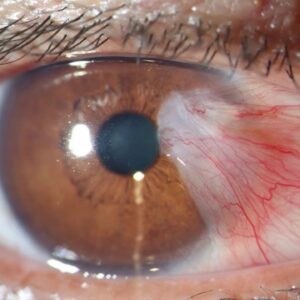Description
Familiarity with Treatment
Stapled hemorrhoidopexy, also known as the Procedure for Prolapse and Hemorrhoids (PPH), is a surgical procedure used to treat hemorrhoids. It involves the cutting and removal of the anal hemorrhoidal vascular cushion, which helps seal stools and create continence. The procedure also removes abnormally enlarged hemorrhoidal tissue and repositions the remaining tissue back to its normal anatomical position.
Procedure
During stapled hemorrhoidopexy, a circular stapling device is used to reduce the hemorrhoidal prolapse and excise a band of anorectal mucosa above the dentate line. The procedure is typically performed under anesthesia, and it aims to restore the normal anatomy of the anus and rectum.
Who is it Suitable For?
Stapled hemorrhoidopexy is suitable for individuals with hemorrhoids that have prolapsed or protruded from the anus. It is often recommended for individuals with third-degree or fourth-degree hemorrhoids, where conservative treatments have not provided sufficient relief. However, the suitability of the procedure is determined on a case-by-case basis, considering the individual’s specific condition and overall health.
Who is it Not Suitable For?
Stapled hemorrhoidopexy may not be suitable for individuals with certain conditions, such as enterocele or anismus. These conditions are contraindications for the procedure. The decision to undergo stapled hemorrhoidopexy is made in consultation with a healthcare provider or surgeon, taking into account the individual’s specific circumstances.
Advantages
The advantages of stapled hemorrhoidopexy include:
- Reduced postoperative pain compared to traditional hemorrhoidectomy.
- Shorter recovery time, allowing individuals to return to work or daily activities sooner.
- Effective treatment for prolapsed hemorrhoids.
- Lower risk of postoperative complications compared to some other surgical procedures.
Complications
Complications of stapled hemorrhoidopexy can include recurrence of hemorrhoids, postoperative pain, bleeding, infection, and anal stenosis. However, it is important to note that the risk of complications is generally low, and the procedure has been found to be safe and effective in many cases 1.
Preoperative Care
Preoperative care for stapled hemorrhoidopexy involves a comprehensive evaluation by a healthcare provider to determine the need for surgery and the most appropriate approach. This may include medical risk reduction, diagnostic tests, and discussions about the procedure, potential risks, and expected outcomes.
Postoperative Care
Postoperative care for stapled hemorrhoidopexy includes pain management, wound care, and monitoring for any signs of complications. Recovery time can vary, but most individuals can expect to return to normal activities within a few days to a week. It is important to follow the healthcare provider’s instructions regarding diet, activity level, and any necessary follow-up appointments.






Reviews
There are no reviews yet.